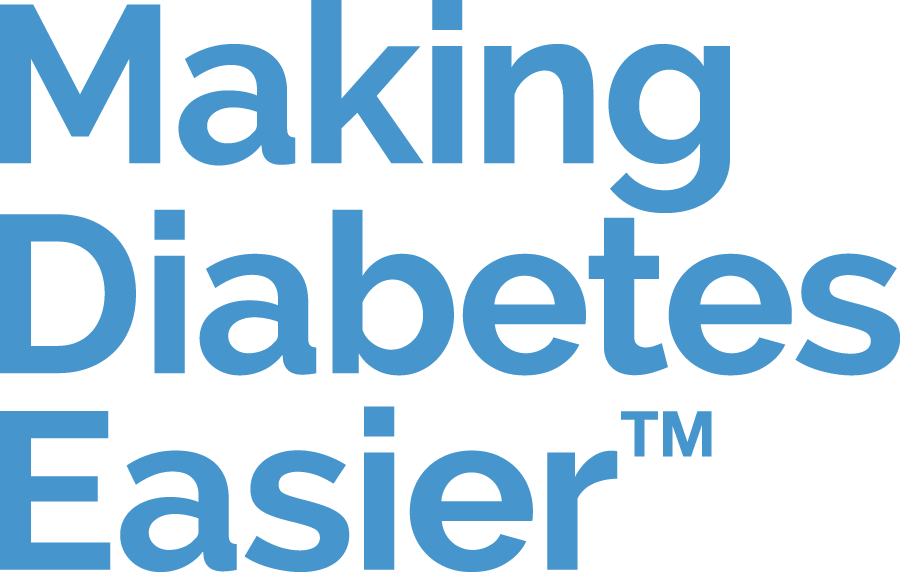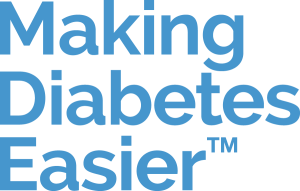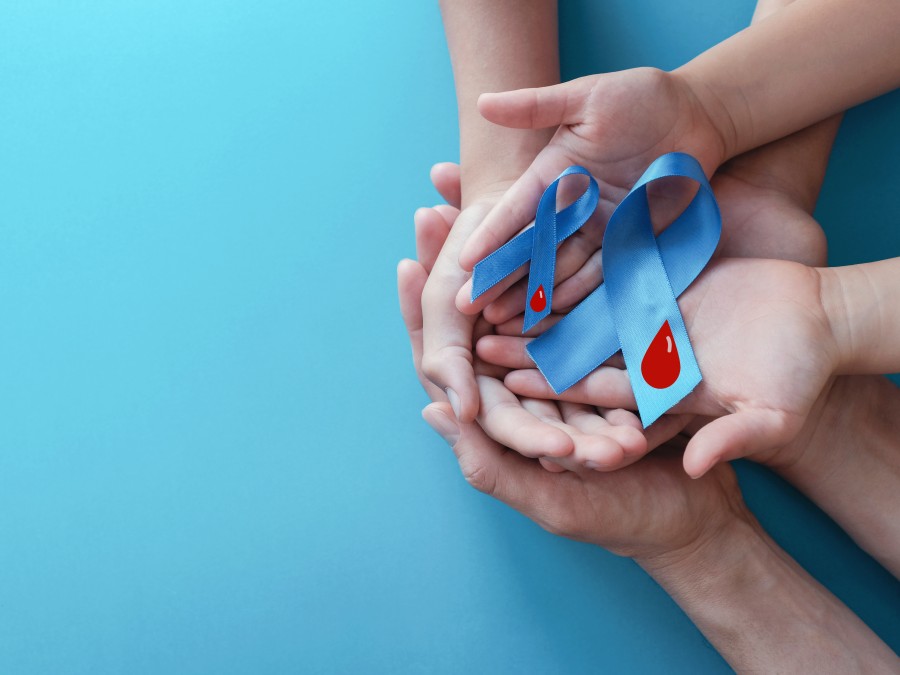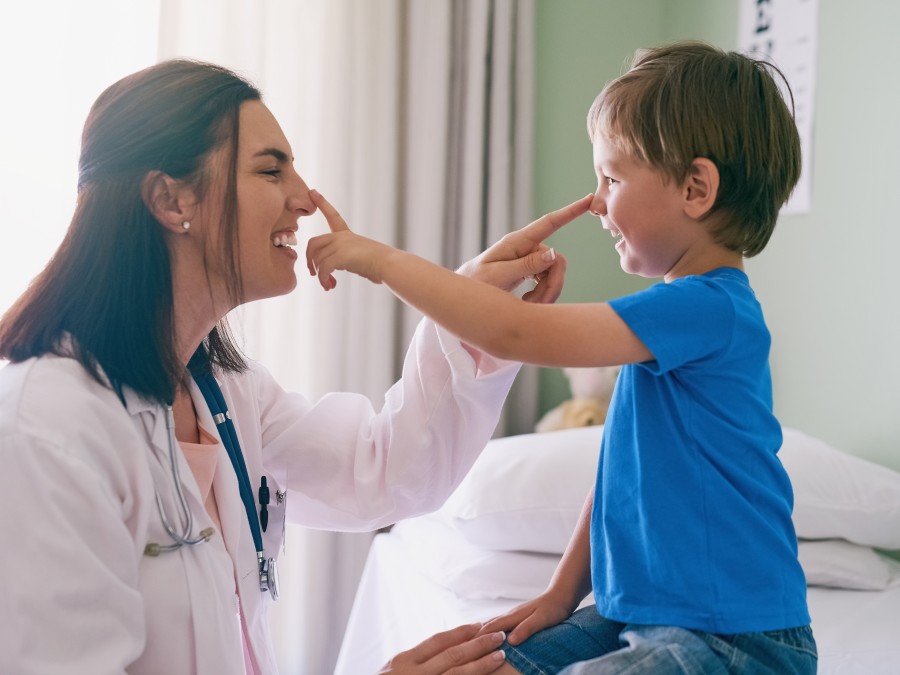What is hypoglycaemia? A look at signs, symptoms, causes and treatment
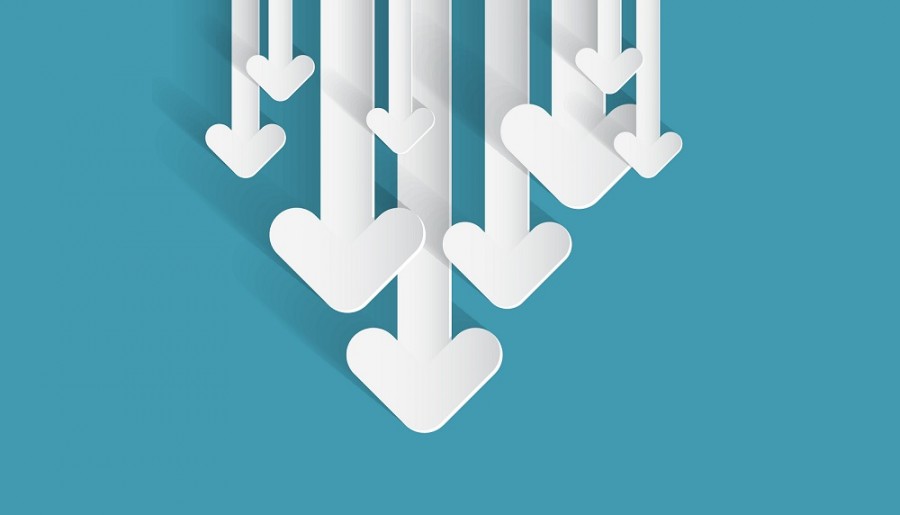
What is hypoglycaemia? A look at signs, symptoms, causes and treatment
Hypoglycaemia happens when the level of glucose in the blood is too low. A hypoglycaemic episode, also called a hypo, happens when blood glucose drops below 3.9 mmol/L (70 mg/dL).1,2
Hypoglycaemia can occur for many reasons, but it tends to affect people living with diabetes more as a result of insulin therapy and diabetes medication.2
Although hypoglycaemia can be serious, it’s also usually easy to treat.3
In this guide, we review the symptoms, causes and treatment of hypoglycaemia. If you’re living with diabetes, knowing what signs to look out for and how to manage a hypo can help you keep your blood glucose stable and your mind worry-free.
Hypoglycaemia causes
Some of the things that can cause a hypoglycaemic episode include:4,5
Insulin treatment
Insulin lowers blood glucose.4 In the case of type 1 diabetes, taking too much insulin or taking insulin without the right amount of food can cause hypos.5
Diabetes medication
Some type 2 diabetes medications, such as sulphonylureas, can cause hypos.4 Conversely, other drugs, like metformin, may lower the risk of hypos.5
Fasting or skipping meals
Eating too little can cause a hypo, so fasting or skipping meals can put you at risk.4
Read our guide on diabetes and Ramadan to learn how to manage your blood glucose while fasting.
Strenuous physical activity
Exercising too intensely without any or enough food can cause your blood glucose to drop.4 This is because your body uses glucose to fuel the exercise.5 In addition, exercise makes you more sensitive to insulin.5
To learn more about exercising with diabetes, read our article.
Drinking too much alcohol
Drinking too much causes your body to release and produce less glucose, increasing the risk of hypos.5
Having diabetes doesn’t mean you can’t drink alcohol, but knowing how to limit the risks is important.
Hypo symptoms: how can I identify hypoglycaemia?
The signs of hypoglycaemia can vary from person to person, but the following symptoms may signal a hypo:1–5
- Sweating
- Shaking
- Dizziness
- Heart palpitations
- Feeling very hungry
- Feeling anxious
- A tingling sensation in your lips
- Confusion
- Drowsiness
- Blurred vision
- Trouble speaking
- Incoordination
- Odd changes in behaviour (for example, irritability)
Hypoglycaemia is quick and easy to treat. However, if left untreated, it can become severe and have serious consequences. Severe hypos can lead to:2–5
- Loss of consciousness
- Seizures
- Coma
- If untreated further, death
Hypoglycaemia unawareness
Hypoglycaemia doesn’t always cause symptoms.2 In fact, some people cannot sense that a hypo is coming on.3 This condition is called hypoglycaemia unawareness.3
The following risk factors raise the odds of developing hypo unawareness:5
- A history of severe hypoglycaemia
- Having very tight glycaemic targets
- Having had diabetes for a very long time
- Drinking too much alcohol
- Exercising too much
- Having other medical conditions like kidney failure or sepsis
Preventing hypos to begin with is a good way to avoid developing hypoglycaemia unawareness.5 Being thoroughly educated about your diabetes and regularly monitoring your blood glucose can also empower you to avoid the condition.3,5
Finally, you may find diabetes management technologies such as continuous glucose monitoring (CGM) systems or flash glucose monitors helpful.3
If you’re worried about hypo unawareness or think you might have it, speak to your diabetes healthcare team.3
Hypoglycaemia management

Hypoglycaemia management
If you suspect a hypo, you should first check your blood glucose levels to confirm.3 Always do this with a finger prick test (even if you’re using a CGM), as this is more accurate.3
If your blood glucose is below the cut-off for hypoglycaemia, eat a carbs-rich food that can help restore your glucose levels.3
Hypoglycaemia treatment
As a general rule, you should take about 15g of carbs, wait 10–15 minutes for the carbs to kick in and then check your blood glucose again to see if it’s returned within range.2,3
Examples of 15g of fast-acting carbs include:3
- 3 jelly babies
- 5 glucose tablets
- 150 mL of a sweet drink like orange juice
Recheck your blood glucose levels and repeat the steps above if your blood glucose is still not in range.3 On average, each of the above doses raises your blood glucose by about 3 mmol/L.3
Depending on how low your blood glucose was or what has caused your hypo, you may also need to eat a snack or a small meal to ensure the hypo doesn’t happen again.3
If you’re using an insulin pump, you may have to disconnect it or change its settings while you’re treating your hypo.3 Speak to your healthcare team about how to do this if you haven’t done this before.3
Read our dedicated article to learn more about managing a hypo while wearing an insulin pump.
Treating severe hypos
In severe hypos, you may no longer be able to look after yourself, so you may need help from your friend, family member or colleague.2,3 If no one is around, you may need to call the emergency medical services in your area.2,3
Severe hypos are treated with a substance called glucagon, which releases glucose from the liver.3,4
Hypoglycaemia prevention
The best way to ‘manage’ hypoglycaemia is to prevent it as much as possible. To avoid episodes of hypoglycaemia, make sure you:2
- Monitor your blood glucose regularly
- Have a source of fast-acting carbs on you at all times
- Eat a well-balanced diet with (ideally) regular meal times
- Avoid overeating to prevent hypos
If you continue to experience hypos despite your best prevention efforts, speak to your healthcare team.2 Your healthcare professional may have to adjust your insulin dose or set more realistic glycaemic targets for you.2
The final say
Hypoglycaemia is a condition that occurs when blood glucose levels drop too low.1–3
Symptoms include, but are not limited to, sweating, shaking, dizziness, heart palpitations, hunger, anxiety and blurred vision.1–3
Although hypoglycaemia is a potentially serious condition, it’s also fairly easy to treat and prevent.3 Carrying a source of carbs around you at all times and monitoring your blood glucose regularly are only some of the things you can do to prevent hypos.
Sources
- WHO. Mean fasting blood glucose. Accessed 22 July 2024. Available at: https://www.who.int/data/gho/indicator-metadata-registry/imr-details/2380
- Morales J, Schneider D. Hypoglycemia. Am J Med. 2014;127(10 Suppl):S17–S24. https://doi.org/10.1016/j.amjmed.2014.07.004
- JDRF. Managing a hypo. Accessed 22 July 2024. Available at: https://jdrf.org.uk/knowledge-support/managing-type-1-diabetes/managing-blood-glucose-levels/managing-a-hypo/
- IDF. Diabetes atlas, 9th edition, 2019. Accessed 22 July 2024. Available at: https://diabetesatlas.org/atlas/ninth-edition/
- Hölzen L, Schultes B, Meyhöfer SM, Meyhöfer S. Hypoglycemia unawareness-A review on pathophysiology and clinical implications. Biomedicines. 2024;12(2):391. https://doi.org/10.3390/biomedicines12020391
